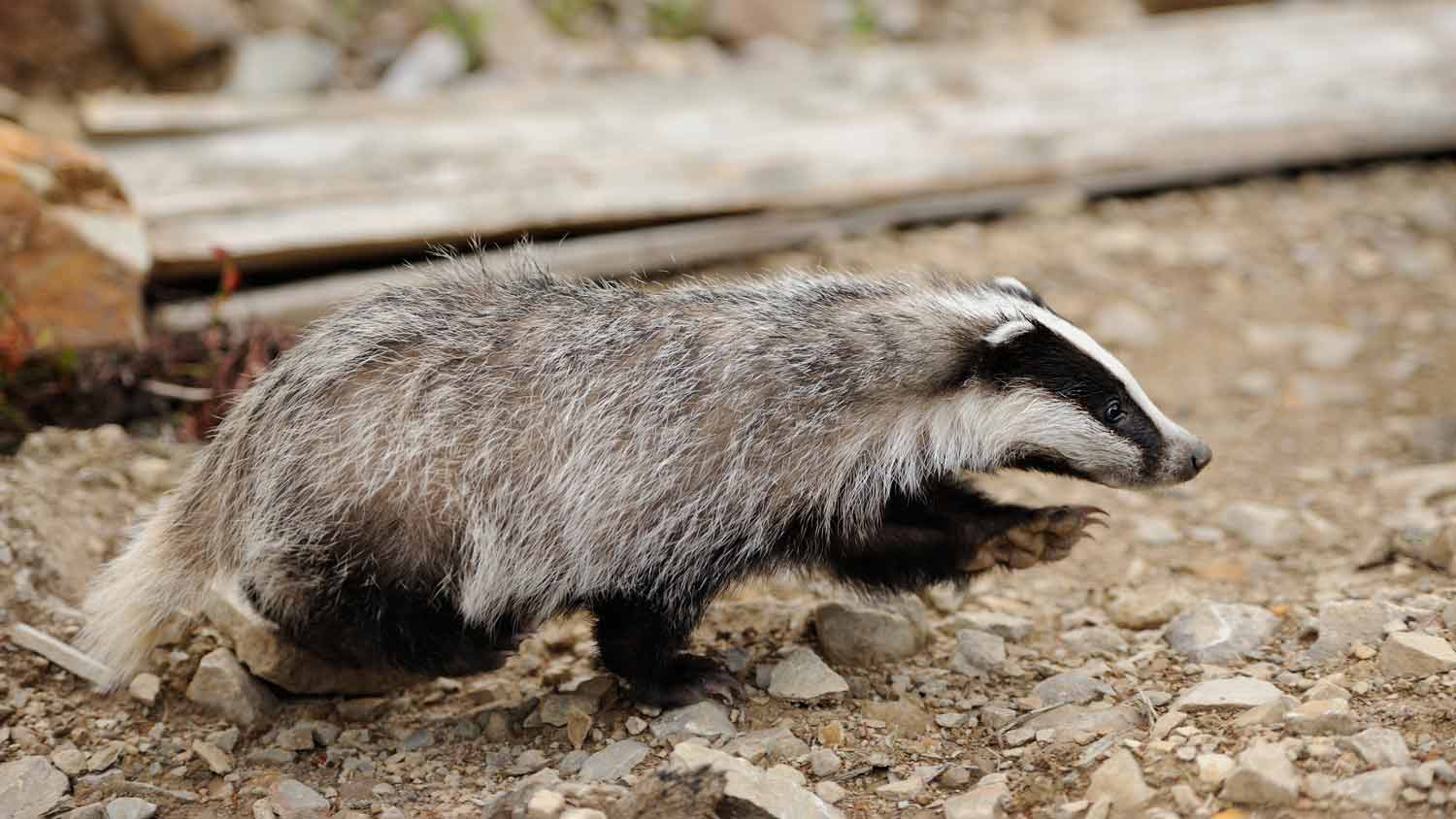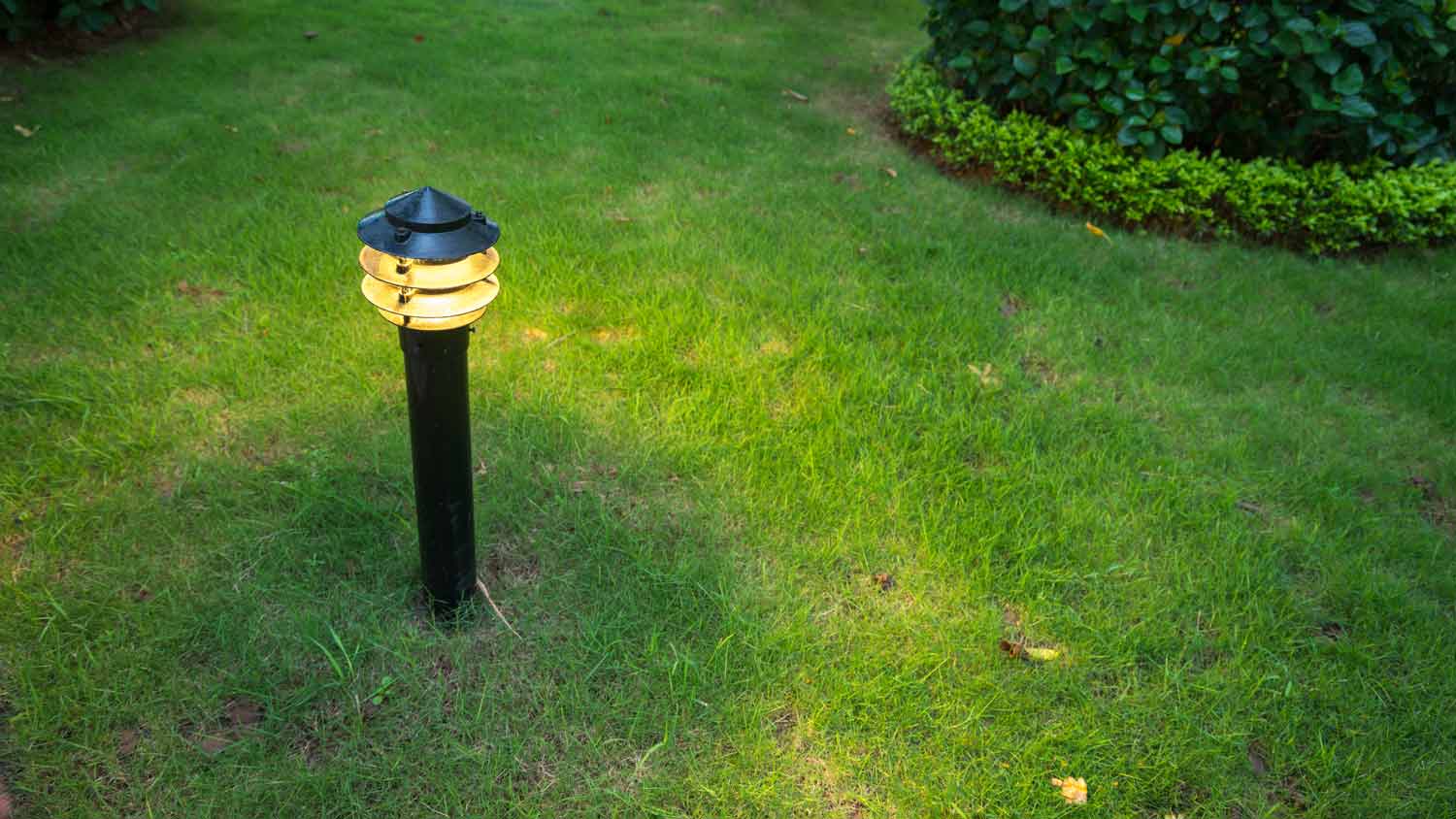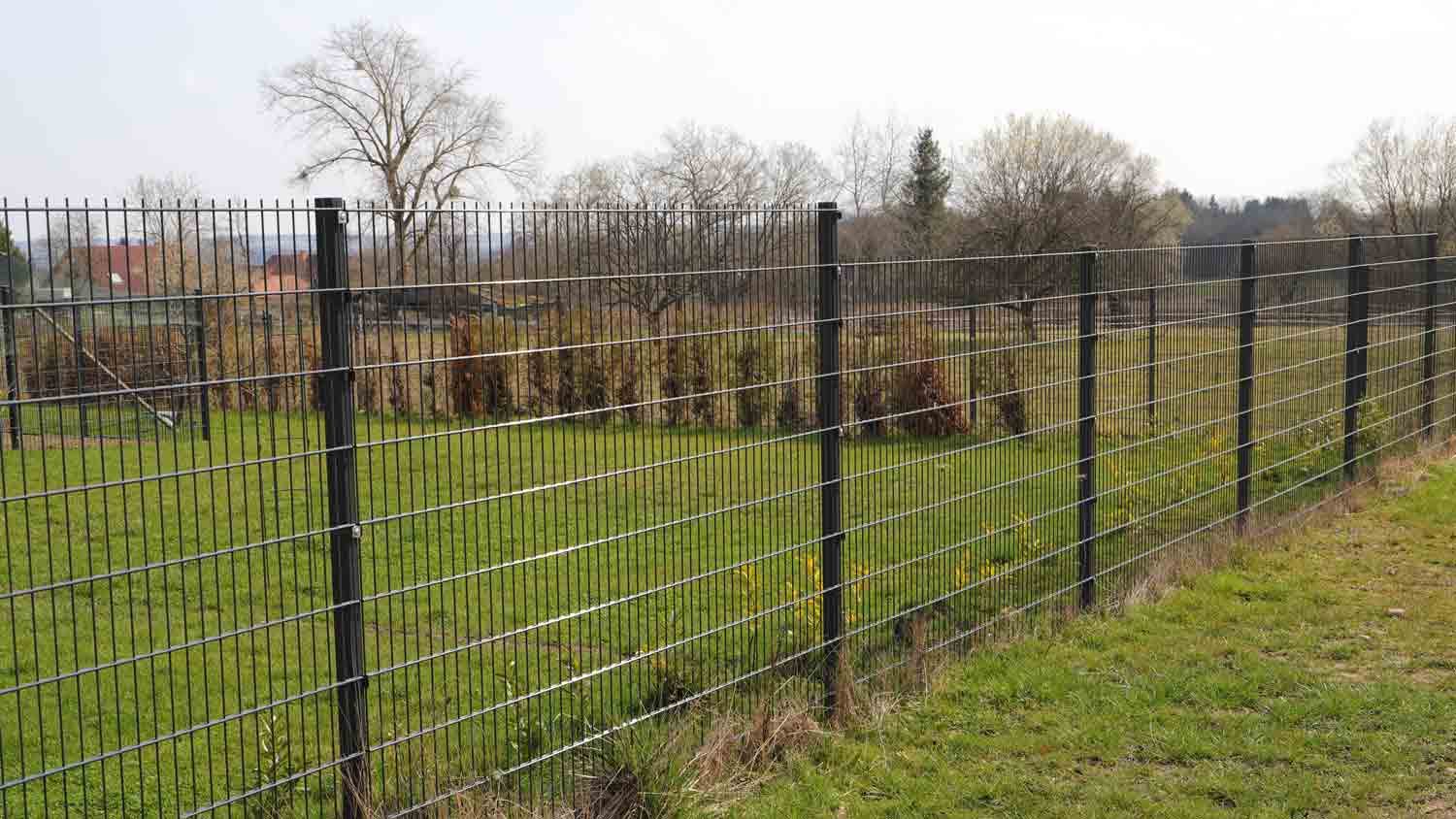
When budgeting for possum removal costs, consider number of animals, location, method of removal, and whether you do it yourself or hire a professional.
You don't have to let badgers run rampant in your garden


Hiring a local professional wildlife‑control company to remove badgers usually costs between $190 and $610, but the investment is worth it.
A pro doesn’t just remove the badgers—they also repair tunnels, stabilize the landscape, and ensure the job is compliant with local laws.
Because regulations around badger removal vary by state and municipality, hiring someone familiar with your area means fewer surprises and less risk down the line.
Badgers have a reputation for destructive behavior, so finding out they've moved into your yard can be a pain. These animals are common in the Western U.S. and dig huge holes that pose a tripping hazard and a structural risk. Learn how to get rid of badgers before they cause serious harm or property damage.
Badgers may find their way onto your property searching for food or shelter. While they usually aren't a danger to people, they can be a nuisance and cause massive property damage. Their tunnels can undermine the foundations of homes, sheds, and patios and may ruin irrigation and utility lines.
Badgers primarily eat insects, vegetables, or plant bulbs. As they search for food, badgers may also tear up your lawn or gardens with their large claws and leave behind patches of dead grass. Badgers may even prey on small livestock such as chickens.
If you prefer to leave badger removal up to the pros, you'll want to contact a local pest control service. Expect to pay $190 to $610 for the cost of animal removal.
Before you move forward with badger removal, know the local laws in your area. Badgers are common across the Western U.S. and live in half of all states. Rules about badger removal, relocation, extermination, and disposal will vary by state and municipality. Contact your local authorities to clarify what methods you're allowed to use and whether or not a licensed professional needs to handle the job.

Several approaches may deter badgers and even fully eliminate their presence on your property. We’ve listed four below in order of ease of implementation.
The most basic approach to getting rid of any wild animal is cleaning up your yard and minimizing their access to food. To do this, remove debris, maintain your lawn, and secure garbage and bird feeders. This ensures that they have no reason to be on your property in the first place.
Keep tight lids on garbage cans, compost bins, and recycling containers
Secure containers with locks or bungees as needed
Remove pet feeding bowls at night, and don't leave food waste behind
Elevate and isolate bird feeders
Pick up yard debris, especially fallen fruits and nuts from trees
Maintain a healthy lawn to eliminate insect larvae and grubs

Despite their reputation as destructive predators, badgers are relatively small mammals that can be easily scared. Install motion-sensor lights around your home to scare them off when they come out at night.
You can take your system up a notch with solar-powered lights that flash red at night to mimic the eyes of a large animal in the darkest parts of your yard. Another option is to leave a radio turned out outside to simulate the sounds of activity, which badgers will avoid.
If you prefer a more passive approach without all the lights and noise, purchase a decoy in the shape of an owl, cat, gnome, or other large creature. Move your decoy periodically, and badgers may think it's a larger, stronger animal that they shouldn't mess with.

Badgers have a strong sense of smell and are sensitive to particular scents that you can use to deter them. Examples include:
Scotch bonnet chili peppers, which are extremely hot and irritating to badgers
Citronella oil, which also deters insects that badgers may be hunting
Male urine, which can be diluted with water and sprayed around to let badgers know that the territory is already claimed
Whatever repellent you choose, avoid the use of harsh chemicals. These can cause harm to plants and other animals, including pets, as well as people playing and working in your yard. Some chemicals may even be illegal to use, depending on where you live.

This is the most expensive approach to badger removal, so you may wish to hold off on costly fencing improvements until you've exhausted all other options. You'll want fencing with a portion that runs underground to prevent digging. Install metal mesh or sheets about 18 inches deep along the length of the fence and ensure it's well-fastened to your fence posts.
One benefit of this method is that you'll effectively keep out other burrowing and digging animals.
DIY badger removal ranges in cost from entirely free to thousands of dollars. Simply cleaning up your yard and removing food sources doesn't cost a thing, but the cost of installing a fence is $1,900 to $4,700 on average. This isn't to mention the potential cost of a damaged lawn or building structure that badgers may be causing you in the meantime.
Whether your DIY solutions aren't effective or you don't want to spend your time and energy getting rid of badgers, hiring a local wildlife control specialist may be your best option. Expect to spend anywhere from $190 to $610 for animal removal.
Pros have the knowledge and experience to move badgers from your property to another area safely and may also be able to fill in empty badger holes to prevent a new pest from moving in.
From average costs to expert advice, get all the answers you need to get your job done.

When budgeting for possum removal costs, consider number of animals, location, method of removal, and whether you do it yourself or hire a professional.

The cost to remove a groundhog can vary depending on where you live and whether you do it yourself or hire a professional. We’ll help you figure out the true cost of groundhog removal, along with strategies for humane trapping and release.

Raccoons on your property can cause a lot of damage to your home and yard. This guide breaks down raccoon removal costs so you can budget accordingly.

We’ve outlined how to trap armadillos to increase your chances of success with this tricky task and help you know when to hire a pro.

Removing squirrels humanely from your yard can be tricky if you’ve never done it before. Here’s what you need to know about using bait for a squirrel trap.

If you're stumped about what animal is digging holes in your yard, use this guide to identify the signs of different species and stop them from causing damage.